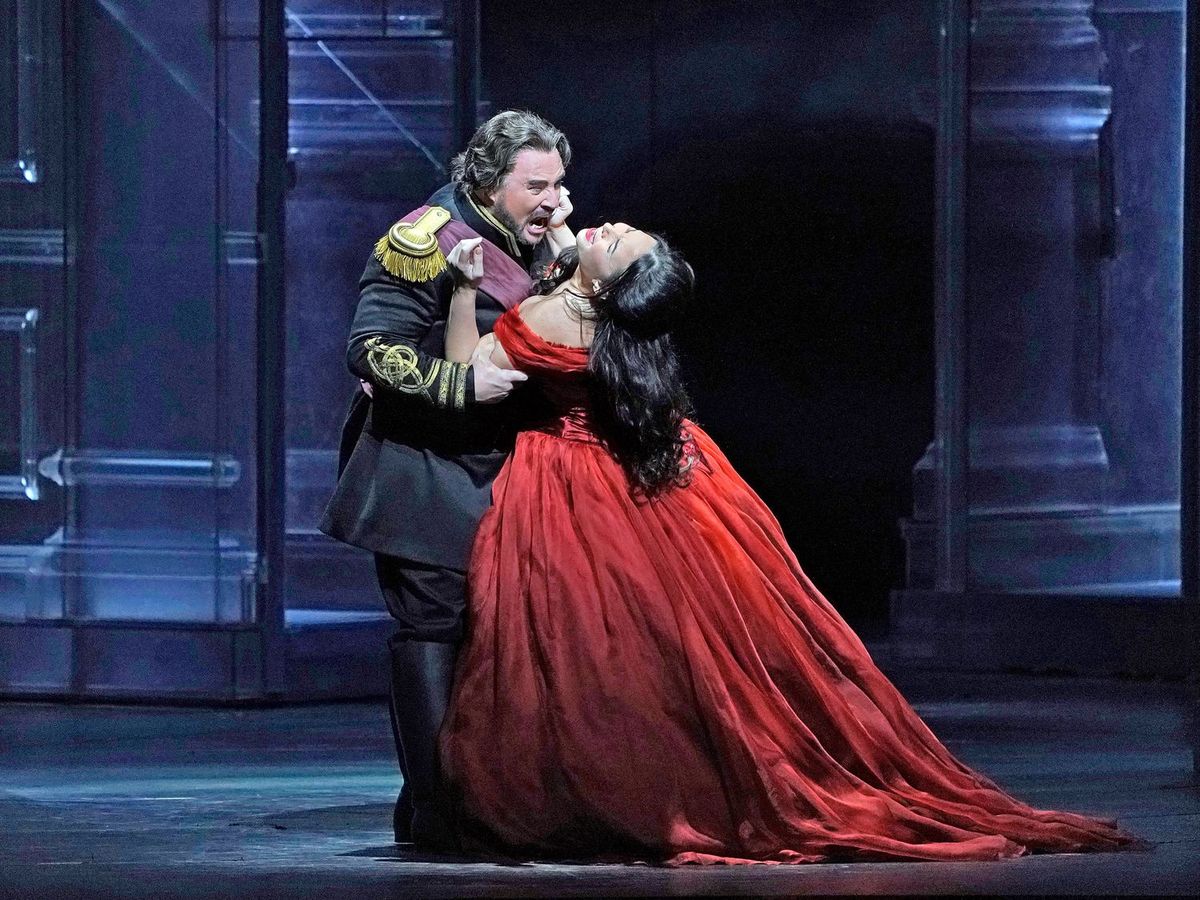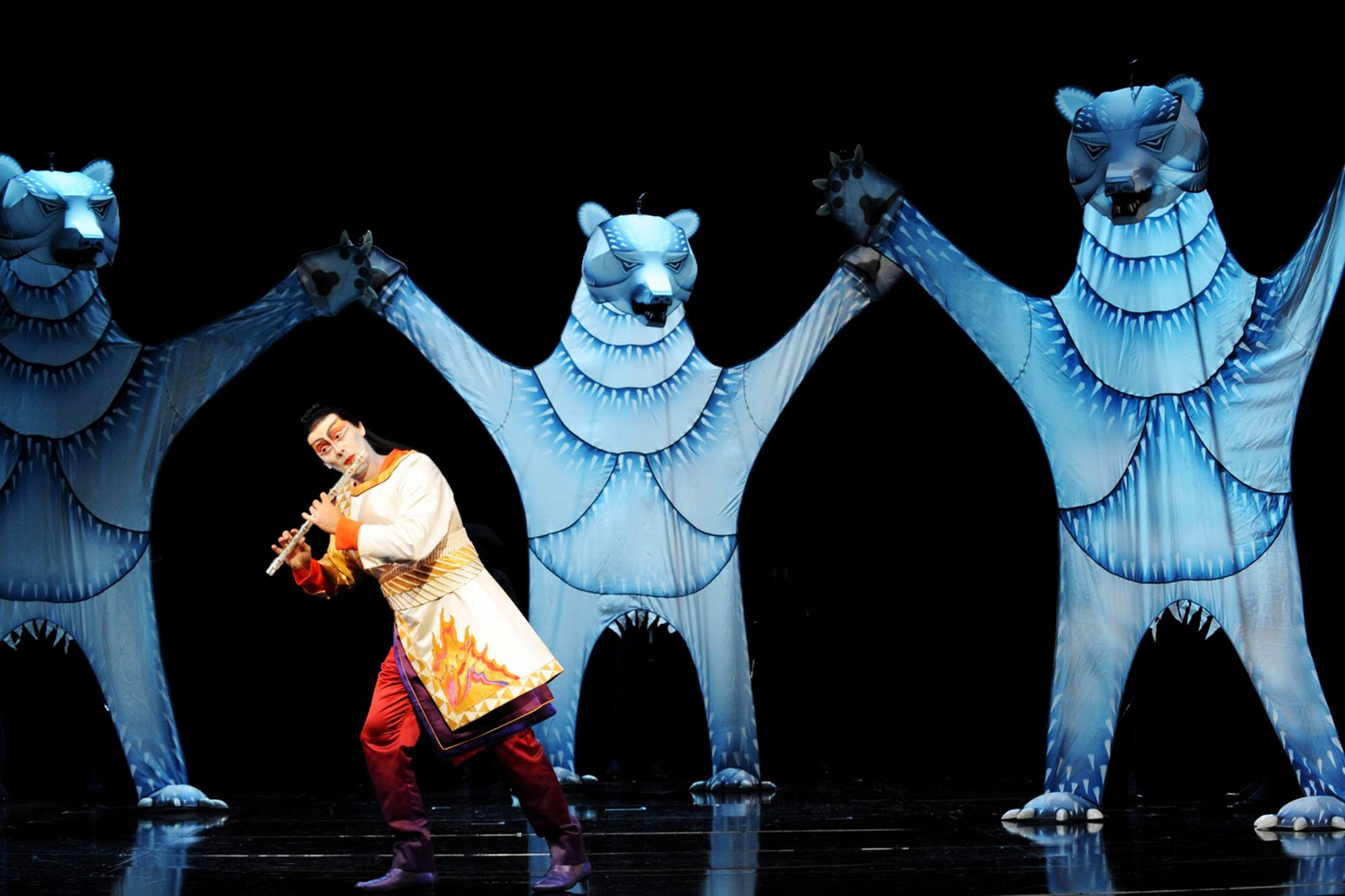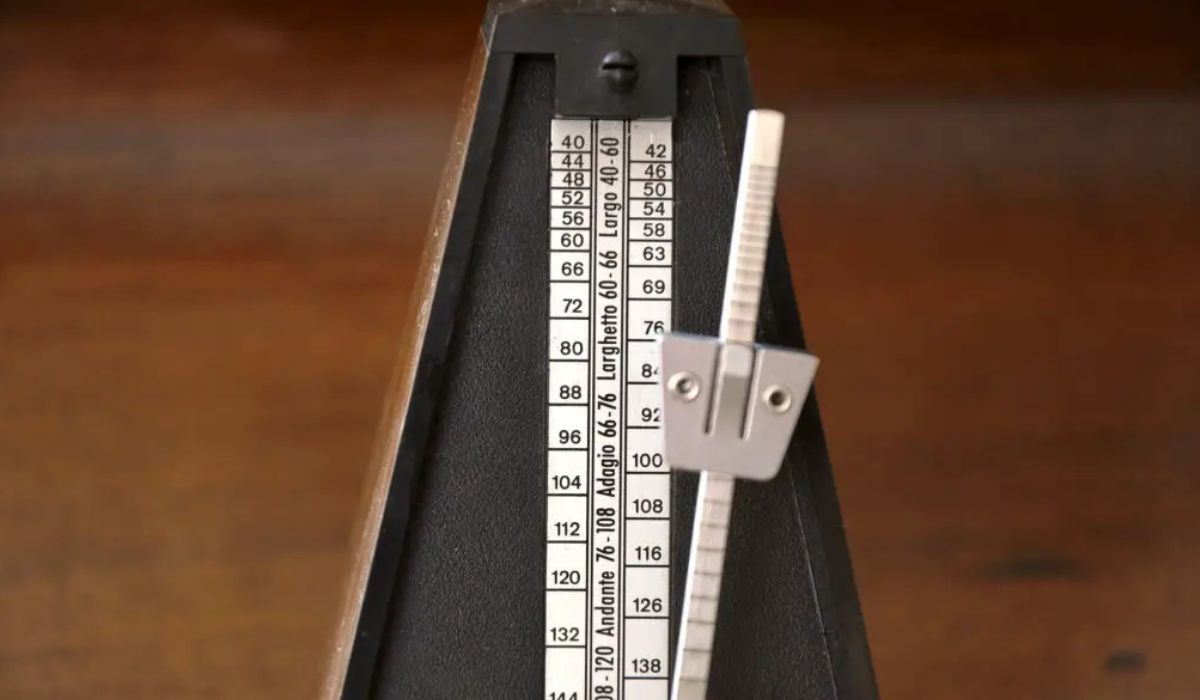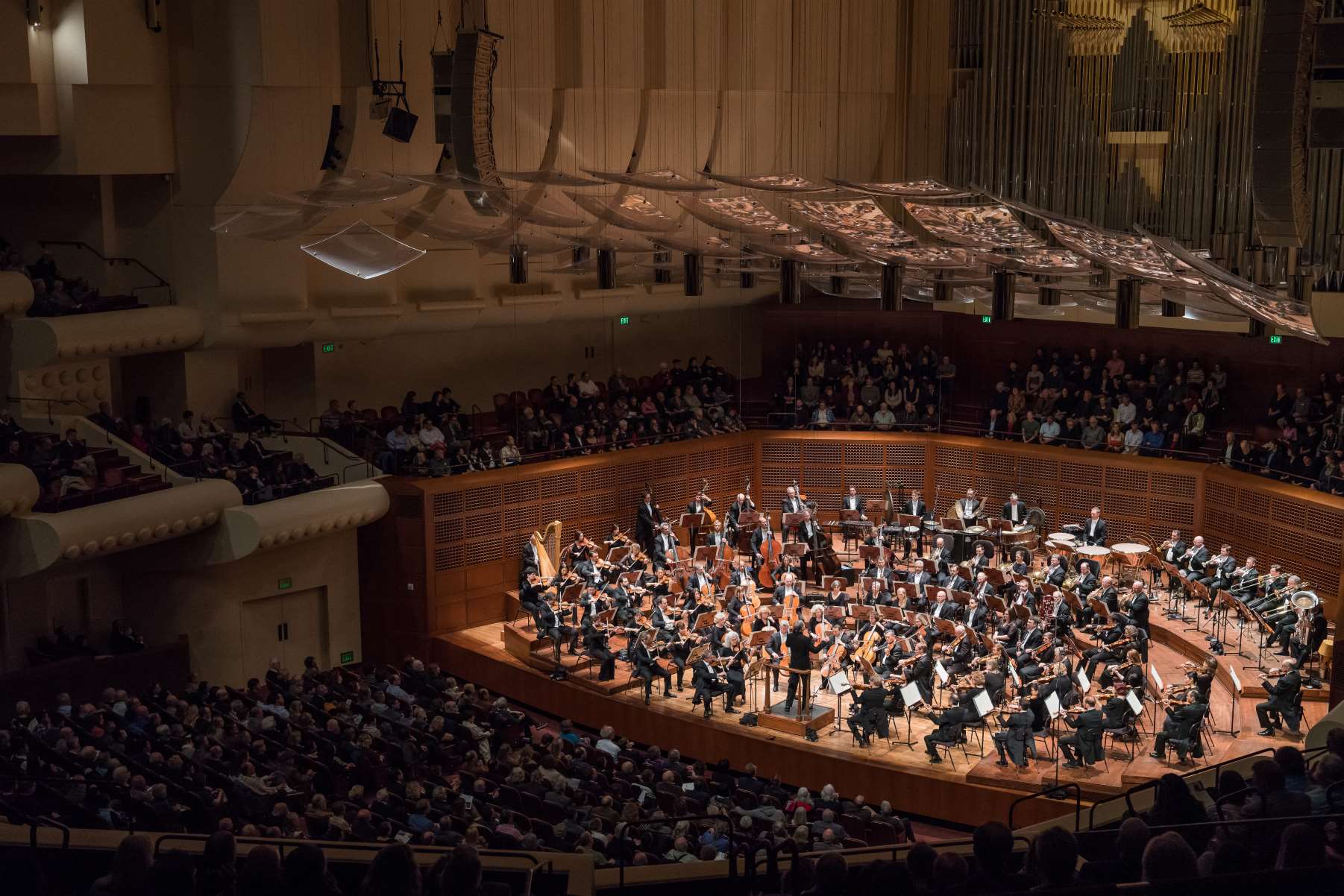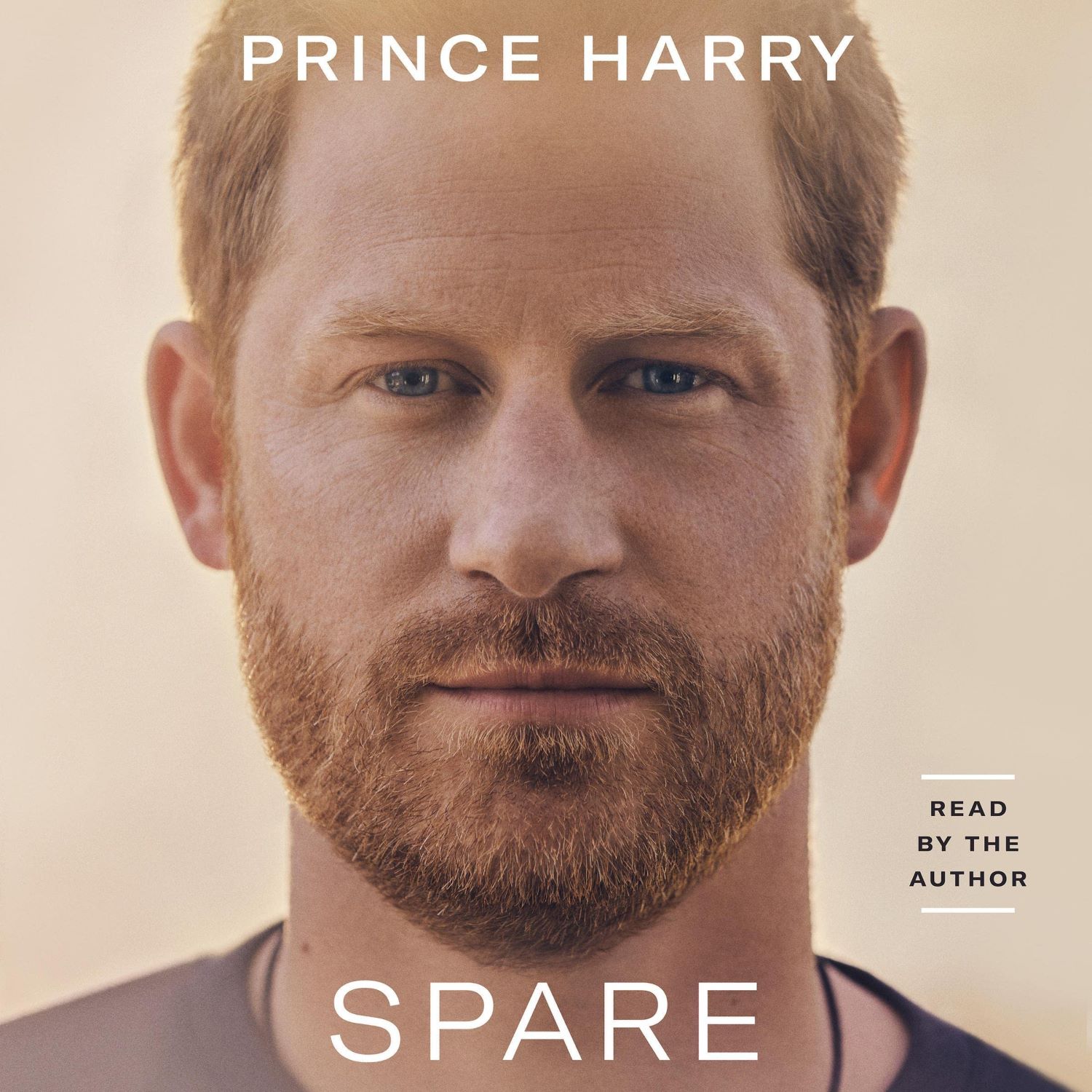Home>Events & Info>Opera>How Long Is Tosca Opera
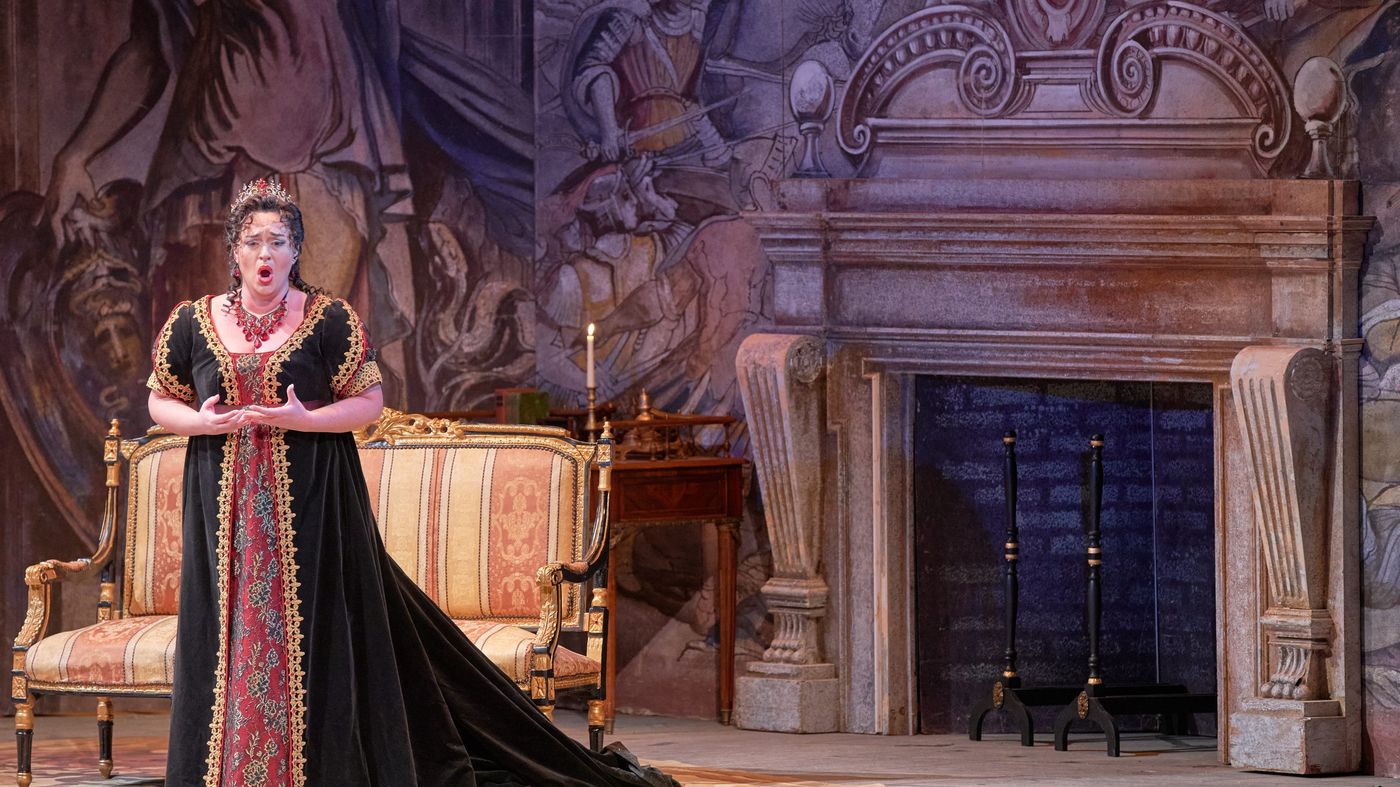

Opera
How Long Is Tosca Opera
Published: January 5, 2024
Discover the duration of Tosca opera and immerse yourself in the world of opera. Uncover the enchanting performances and captivating storylines of this timeless art form.
(Many of the links in this article redirect to a specific reviewed product. Your purchase of these products through affiliate links helps to generate commission for AudioLover.com, at no extra cost. Learn more)
Table of Contents
Introduction
Welcome to the enchanting world of opera, where storytelling meets music, drama, and grandeur. One of the most beloved and enduring operas is “Tosca,” a masterpiece created by the renowned Italian composer, Giacomo Puccini. With its captivating story, memorable melodies, and powerful performances, “Tosca” has captured the hearts and imaginations of audiences around the globe.
In this article, we will delve into the majestic world of “Tosca” opera and explore its length – how long this spellbinding performance unfolds on stage. From the historical background to the intricacies of the plot and music, we will unravel the secrets behind this timeless production.
Prepare to journey through the vibrant streets of Rome and witness a tale woven with passion, love, betrayal, and sacrifice. Whether you are a dedicated opera enthusiast or a curious newcomer to the genre, let us embark on this voyage together and discover the wonders of “Tosca” opera.
Background of Tosca Opera
“Tosca” opera, composed by Giacomo Puccini, made its debut on January 14, 1900, at the Teatro Costanzi in Rome, Italy. It is based on the play “La Tosca” by Victorien Sardou, which was a popular drama of the time. Puccini, known for his ability to merge emotion and music seamlessly, was drawn to the intense and tragic elements of the story, making it a perfect fit for operatic adaptation.
The opera is set in Rome during the Napoleonic era and centers around three main characters: Floria Tosca, a famous singer; Mario Cavaradossi, an artist and Tosca’s lover; and Baron Scarpia, the corrupt chief of police. The story follows these characters as they navigate love, politics, and betrayal, ultimately leading to a dramatic and heartbreaking climax.
At its core, “Tosca” explores themes of power, manipulation, and the lengths people will go for love and loyalty. The opera reflects the political climate of Italy during Puccini’s time, with references to the conflict between the ruling monarchy and republican ideals.
Since its premiere, “Tosca” has remained a staple in the operatic repertoire, captivating audiences with its gripping storyline and emotional intensity. Its popularity can be attributed to Puccini’s masterful composition and the timeless themes that still resonate with audiences today.
Over the years, “Tosca” has been performed in numerous opera houses across the world, solidifying its status as one of the most performed operas of all time. Its enduring appeal lies in its ability to transport audiences to a world of passion, intrigue, and tragedy.
The Plot of Tosca Opera
Set against the backdrop of Rome during the Napoleonic era, “Tosca” tells a gripping tale of love, jealousy, power, and sacrifice. The story unravels over the course of three acts, each filled with intense drama and emotional turmoil.
The opera begins in the Church of Sant’Andrea della Valle, where we are introduced to Floria Tosca, a famous singer, and her lover, Mario Cavaradossi, a talented artist. Their love for each other is passionate and all-consuming, but their happiness is disrupted when Tosca becomes suspicious of Cavaradossi’s loyalty.
Enter Baron Scarpia, the ruthless chief of police, who is determined to eliminate any opposition to his power. Scarpia, driven by a lust for both political and personal control, sets his sights on Tosca and concocts a plan to ensnare both lovers.
As the plot thickens, Cavaradossi is captured and tortured by Scarpia’s henchmen, while Tosca is faced with an impossible choice. Scarpia offers her a way to save Cavaradossi’s life in exchange for her virtue.
Torn between her love for Cavaradossi and her desperation to save him, Tosca reluctantly agrees to Scarpia’s terms. However, she hatches her own plan to outsmart the cunning police chief. During a passionate encounter with Scarpia, Tosca seizes an opportunity and stabs him, securing her lover’s freedom.
Act III takes us to the roof of the Castel Sant’Angelo, where Cavaradossi awaits his execution. Tosca arrives, sharing the news of her successful deception and their impending escape. However, tragedy strikes when Cavaradossi is unexpectedly shot by firing squad, leaving Tosca devastated.
Desperate and heartbroken, Tosca makes a fateful decision. Rather than succumbing to her captors, she chooses to take her own life, ensuring that she and Cavaradossi will be united in death. With a final, soaring aria, Tosca takes her own life as the curtain falls, leaving audiences in awe of the powerful emotions conveyed throughout the opera.
The plot of “Tosca” is a rollercoaster of love, betrayal, and sacrifice, immersing audiences in a world of passion and tragedy.
The Music of Tosca Opera
The music of “Tosca” is a testament to Giacomo Puccini’s genius as a composer. With its sweeping melodies, poignant arias, and dramatic orchestration, the score perfectly captures the emotional depth and intensity of the story.
Puccini’s music elevates the tension and passion within the opera, heightening the impact of every scene and emotion. From the powerful opening chords of the iconic “Te Deum” in Act I, to the soaring arias of Tosca and Cavaradossi, the music draws the audience deeper into the characters’ turmoil and innermost thoughts.
One of the most memorable musical moments in “Tosca” is Tosca’s aria, “Vissi d’arte.” This poignant and heart-wrenching aria showcases Puccini’s ability to express raw emotion through music. Tosca reflects on her life as an artist and questions why she must suffer such anguish, begging God for guidance and understanding.
Another standout piece in the opera is Cavaradossi’s aria, “E lucevan le stelle,” which is sung just before his execution in Act III. This tender and introspective aria is a true showcase of Puccini’s ability to capture both vulnerability and strength in a character’s voice. It is a moment of reflection and acceptance, as Cavaradossi finds solace in memories of his love for Tosca.
The orchestral score of “Tosca” is equally captivating, with rich and evocative passages that mirror the emotional journey of the characters. Puccini’s masterful use of leitmotifs, recurring musical themes associated with specific characters or ideas, adds depth and continuity to the opera.
Through his music, Puccini transports the audience to the streets of Rome, the depths of Scarpia’s scheming mind, and the inner turmoil of Tosca and Cavaradossi. Each note and expression carries the weight of the story, enhancing the dramatic impact and leaving a lasting impression on listeners.
The music of “Tosca” is a true testament to the power of opera, perfectly intertwining with the narrative to create a transcendent and immersive experience for the audience. It is a testament to Puccini’s brilliance as a composer and highlights why “Tosca” continues to be celebrated as one of the great masterpieces of opera.
The Duration of Tosca Opera
The duration of the opera “Tosca” can vary depending on the specific production and the interpretation of the conductor and performers. On average, “Tosca” has a runtime ranging from 2 hours and 30 minutes to 3 hours, including intermissions.
Act I of “Tosca” typically lasts around 45 minutes to an hour, introducing the characters, setting up the conflicts, and building the tension. This act is set inside the Church of Sant’Andrea della Valle and consists of various scenes, including the famous “Te Deum” chorus.
Act II is the longest act in the opera and can range from around 50 minutes to an hour and a half. This act takes place in Scarpia’s quarters inside the Palazzo Farnese. It is filled with intense interactions between Tosca, Cavaradossi, and Scarpia, leading to the climax of the story. This act features the powerful arias of Tosca and Scarpia, as well as the dramatic confrontation between the characters.
Act III is the final act of “Tosca” and is typically shorter in duration, ranging from 30 minutes to 45 minutes. This act is set on the roof of the Castel Sant’Angelo, where Cavaradossi awaits his execution. It includes the poignant aria “E lucevan le stelle” sung by Cavaradossi. The act concludes with a tragic ending that leaves audiences emotionally moved.
It is important to note that the duration of “Tosca” can also be influenced by the pacing of the performance, the specific staging choices, and the interpretation of the conductor. Some productions may have slight variations in timing due to the artistic decisions made by the director and performers.
Overall, the duration of “Tosca” allows audiences to fully immerse themselves in the world of the opera, experiencing the emotional journey of the characters as their stories unfold on stage.
Factors Affecting the Length of Tosca Opera
Several factors can influence the length of a performance of “Tosca” opera. While the core structure and content remain consistent, variations can occur based on specific artistic choices, production elements, and the interpretation of the conductor and performers.
One significant factor is the tempo at which the music is performed. Conductors have the freedom to adjust the speed of the music, which can directly impact the overall duration of the opera. A faster tempo may result in a slightly shorter performance, while a slower tempo can extend the runtime.
Another factor that can affect the length of “Tosca” is the inclusion or exclusion of certain scenes or musical numbers. Directors may choose to emphasize or de-emphasize certain aspects of the opera, which can result in changes in timing. Additionally, some productions may opt for abridged versions or cuts to streamline the narrative and shorten the overall performance.
The level of embellishment or improvisation by the performers can also play a role in the duration. While certain sections of the opera, such as the arias and duets, may have specified musical passages, the interpretation and delivery by the singers can add unique nuances and extend the length of individual scenes.
The production design and staging choices can also impact the length of “Tosca.” Elaborate sets, complex scene changes, and intricate choreography can add time to the performance. Conversely, minimalist or streamlined productions may result in a more concise runtime.
Furthermore, the inclusion of intermissions can significantly affect the overall duration of the opera. “Tosca” typically has one or two intermissions, providing breaks for the audience and allowing for set changes. The duration of these intermissions can vary, contributing to the overall runtime of the performance.
It’s important to note that while these factors can influence the duration of “Tosca,” they are ultimately artistic choices made by the production team. Regardless of the specific length, the power and impact of the opera’s story and music remain intact, inviting audiences to immerse themselves in the world of “Tosca” and experience its emotional journey.
Comparisons with Other Operas
When comparing “Tosca” with other operas, several factors come into play, including the length, style, and themes explored. While every opera has its unique characteristics, making direct comparisons is both intriguing and enlightening.
One opera often compared to “Tosca” is Giuseppe Verdi’s “La Traviata.” Both operas delve deep into themes of love, sacrifice, and societal pressures. However, “La Traviata” focuses more on the romantic relationships and the consequences of societal expectations, while “Tosca” explores political intrigue and corruption in addition to love and sacrifice.
In terms of length, “Tosca” falls within the average duration of most operas, typically around 2.5 to 3 hours. However, it is important to note that some operas, such as Richard Wagner’s “Der Ring des Nibelungen,” are renowned for their epic length, often spanning over 15 hours in total.
When it comes to the musical style, “Tosca” showcases the highly emotional and melodic approach of Giacomo Puccini. His music is characterized by lush harmonies, soaring melodies, and powerful orchestrations. In contrast, operas like Igor Stravinsky’s “The Rake’s Progress” or Arnold Schoenberg’s “Erwartung” explore more dissonant and experimental musical language.
Another opera that often draws comparisons to “Tosca” is Giuseppe Verdi’s “Aida.” Both operas share grand scales, intense drama, and tragic endings. However, while “Tosca” is set in Rome during the 19th century, “Aida” takes place in Ancient Egypt, exploring themes of love, loyalty, and conflicting cultural identities.
Comparing “Tosca” to Wolfgang Amadeus Mozart’s “The Marriage of Figaro” reveals stark differences in both style and tone. “The Marriage of Figaro” is a comedic opera with intricate ensemble writing and witty dialogue, focusing on the follies and complexities of human relationships. “Tosca,” on the other hand, is a dramatic opera with high stakes and intense emotions.
Ultimately, each opera offers a unique experience, with its own blend of music, story, and themes. “Tosca” stands out for its passionate and dramatic narrative, memorable melodies, and exploration of power dynamics in love and politics. Its enduring popularity and significance in the operatic canon solidify its place among the great works of art.
Conclusion
“Tosca” opera is a captivating masterpiece that has enthralled audiences for over a century. From its gripping plot to its mesmerizing music, this timeless work by Giacomo Puccini continues to leave a lasting impression on those who have the opportunity to witness its magic.
Throughout this article, we have explored the background and history of “Tosca,” delved into its compelling plot, and marveled at the beauty of its music. We have also considered the factors that can affect the duration of the opera and drew comparisons with other notable works in the operatic repertoire.
With its tale of love, jealousy, betrayal, and sacrifice set against the backdrop of political turmoil in 19th-century Rome, “Tosca” remains a testament to the power of storytelling through music. Puccini’s ability to craft memorable melodies that evoke intense emotions is truly remarkable and is a true testament to his status as one of the greatest opera composers of all time.
Whether you are a seasoned opera enthusiast or new to the world of opera, “Tosca” offers an unforgettable experience. It transports us to a world filled with passion, tragedy, and timeless themes that still resonate with audiences today. The combination of the gripping plot, powerful performances, and breathtaking music creates an immersive and emotional journey that lingers in our hearts long after the final notes have faded away.
So, immerse yourself in the grandeur and drama of “Tosca” opera. Allow yourself to be swept away by the sheer beauty and intensity of the story. Experience the power of Puccini’s music as it fills the theater, touching your soul and leaving you with a profound appreciation for the wonders of opera.
In the realm of opera, few works have achieved the iconic status of “Tosca.” Its timeless appeal and universal themes ensure that it will continue to captivate audiences for generations to come, solidifying its place as one of the greatest operas of all time.


